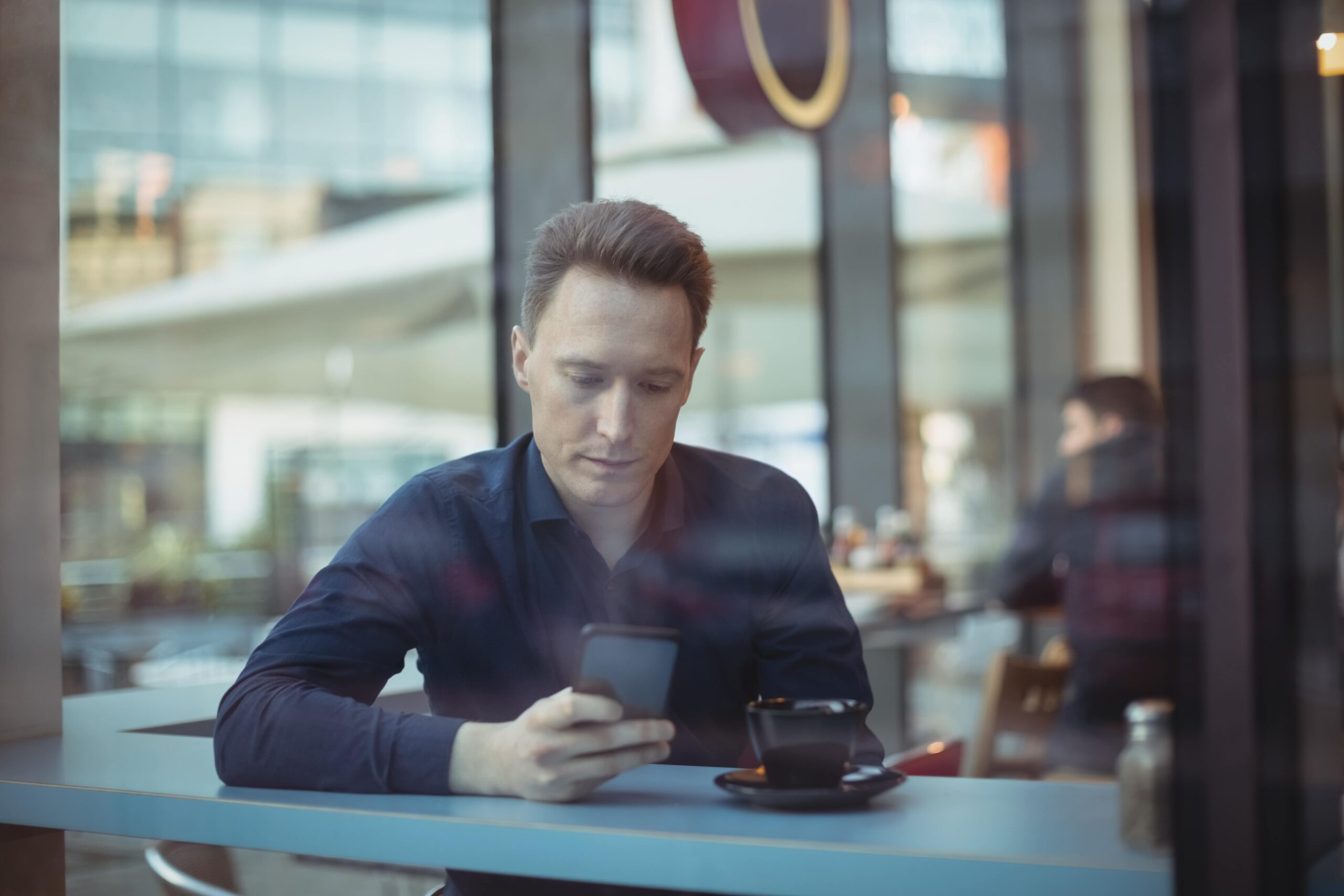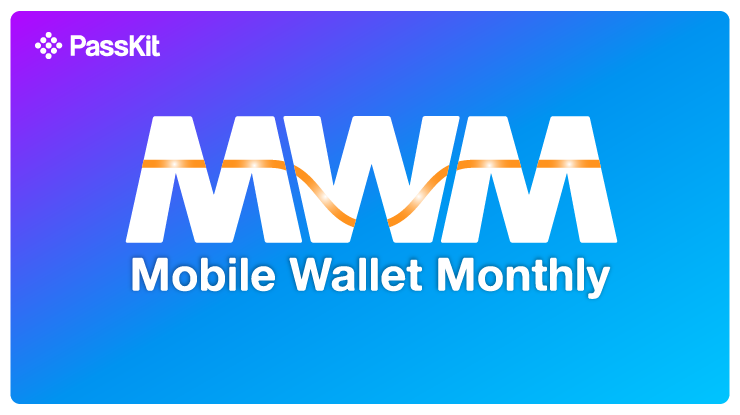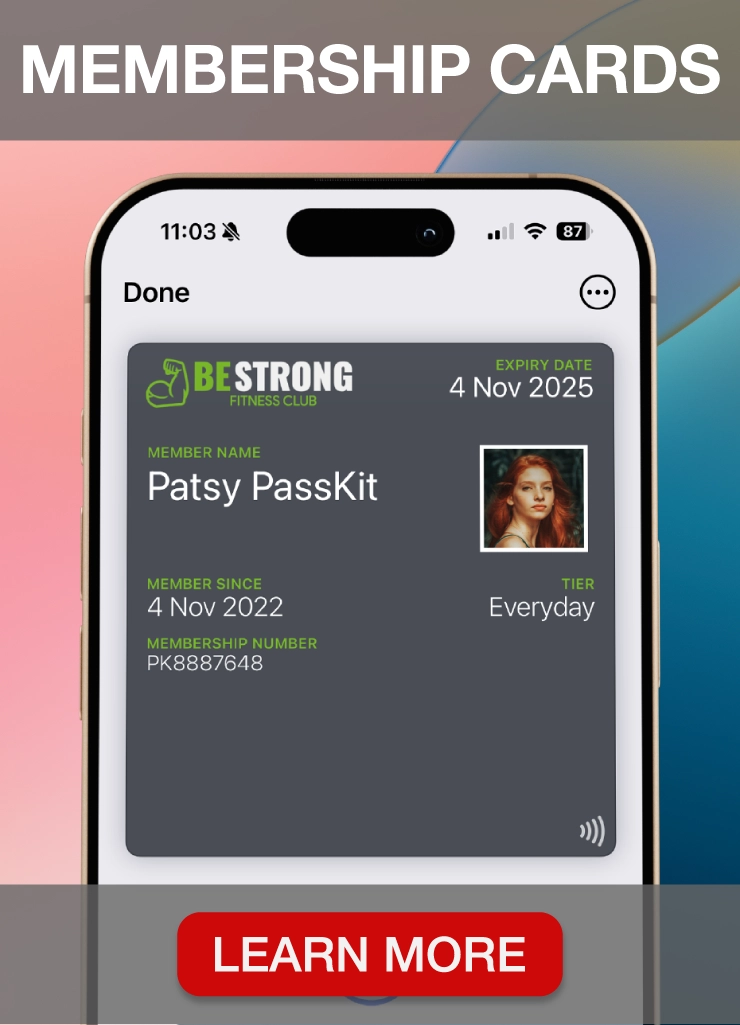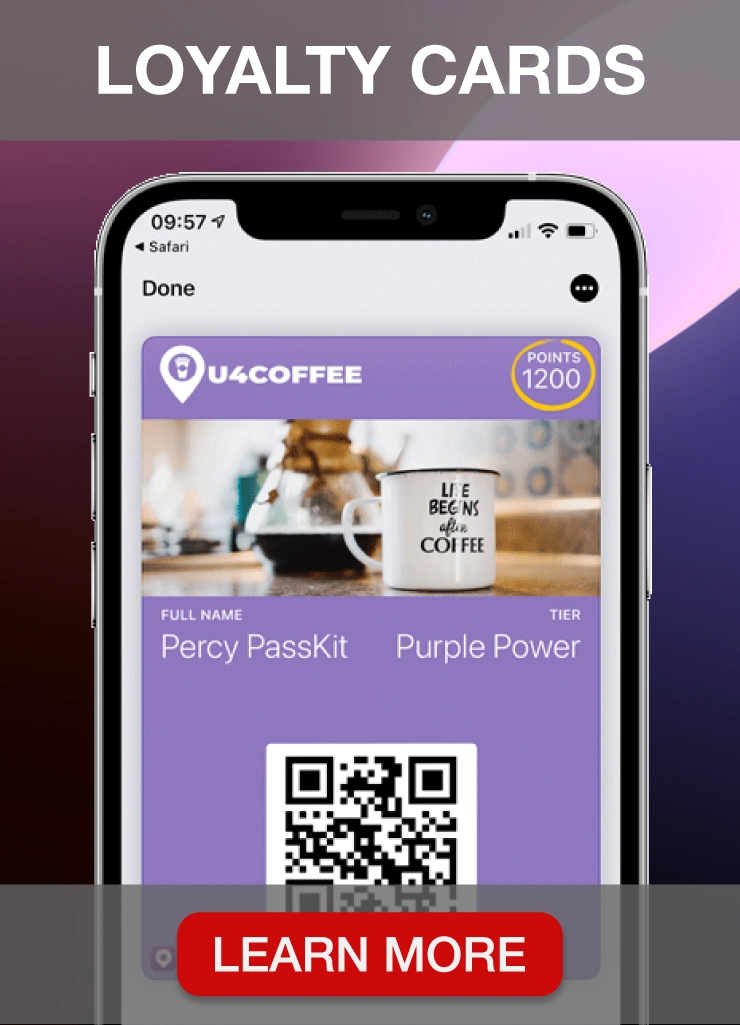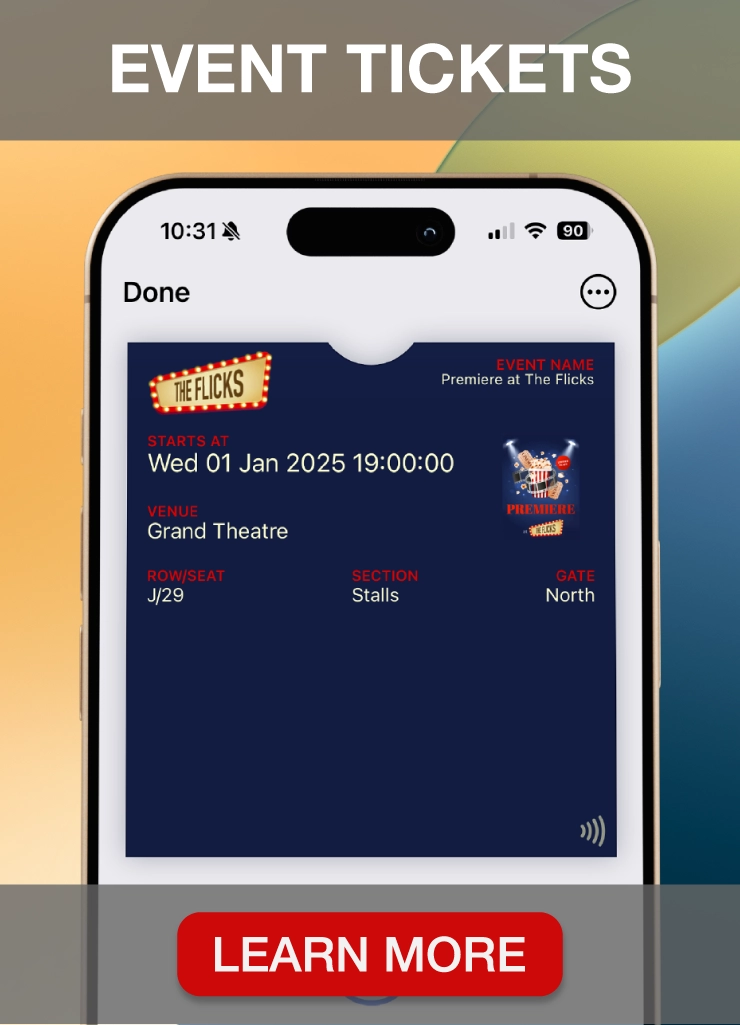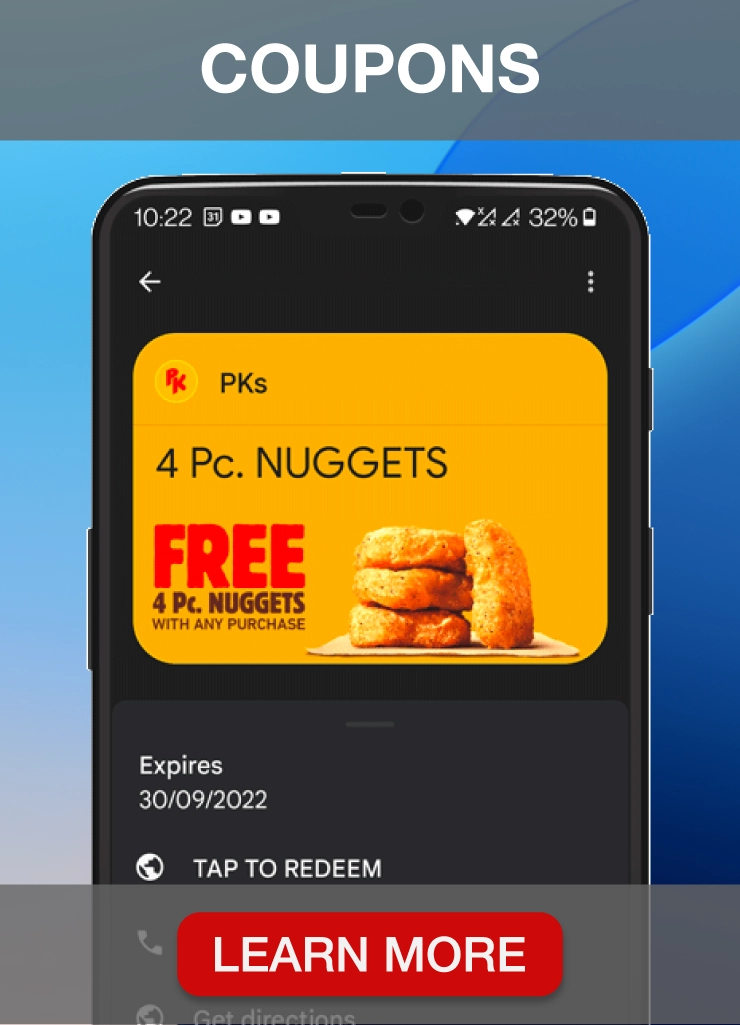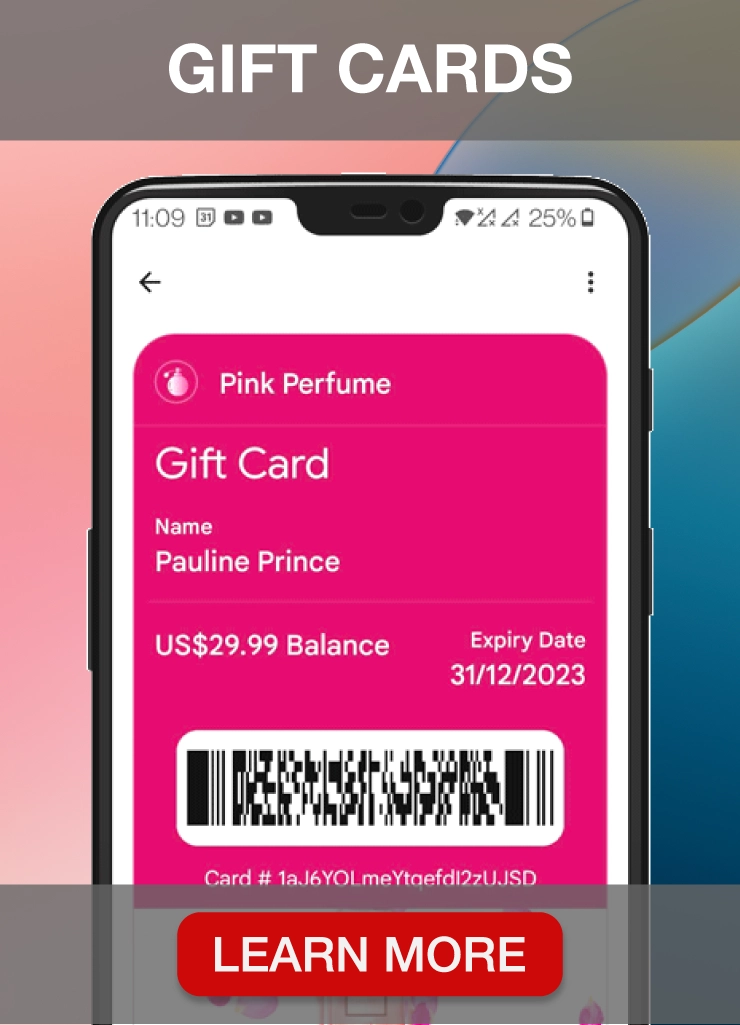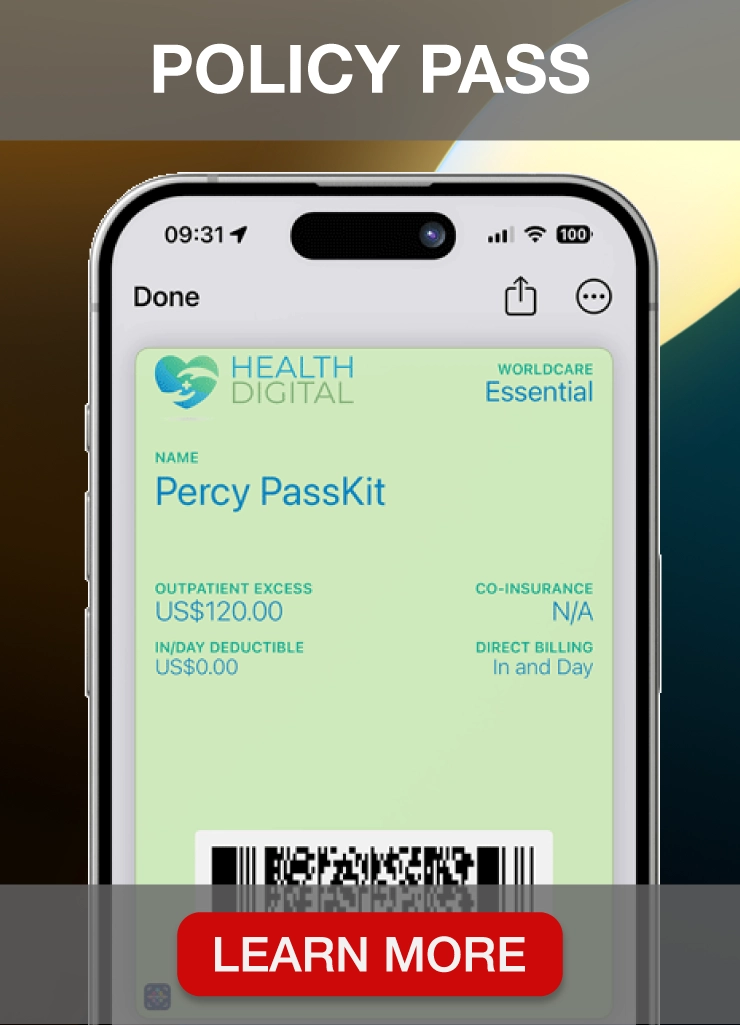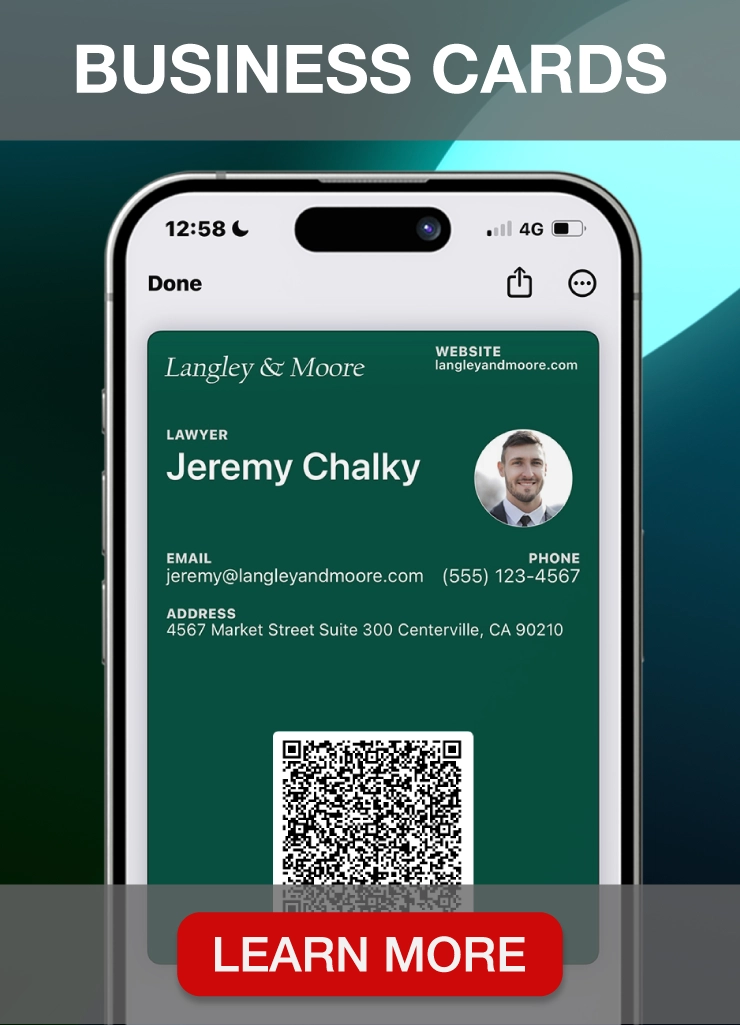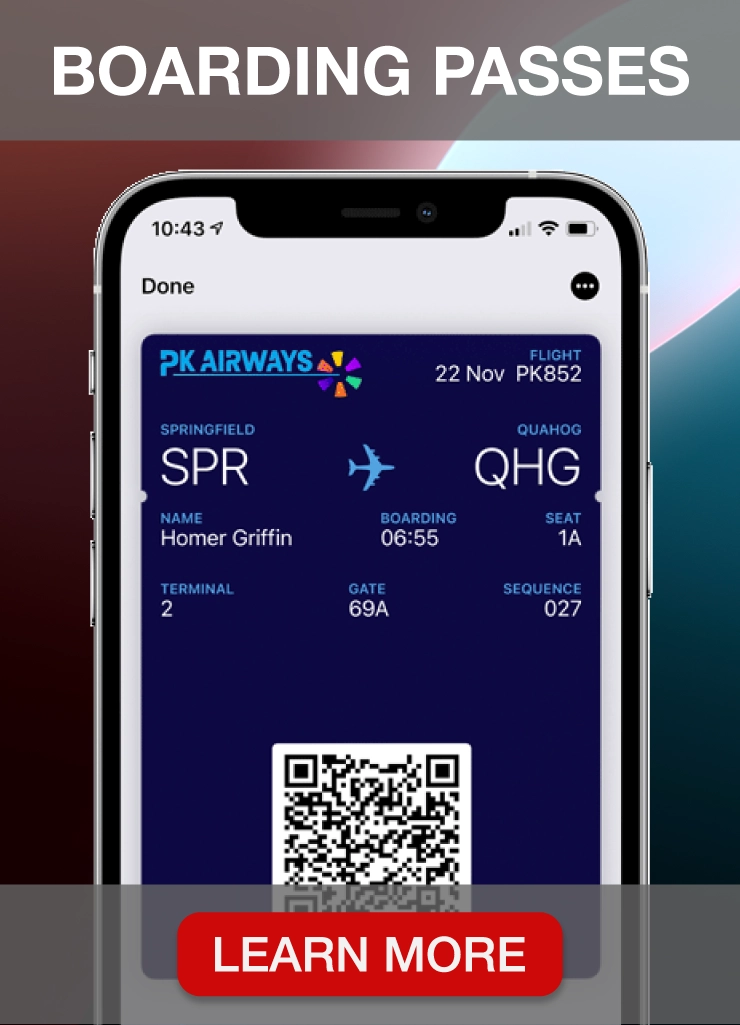Consumers have changed a lot over the years. About a decade ago, they were satisfied with generic customer experiences. They only wanted to visit your physical store and buy your products or services.
Nowadays, however, consumers have become more demanding. With so many brands competing for them, marketers expected this shift in their behavior and attitude.
What are they demanding now? Personalized customer experience! They want to approach your brand and see you’ve thought of them.
How do you create a unique, personalized experience for your customers? In this article, we’ll answer this question and examine brands that are doing personalization right.
What is personalized customer experience?
Personalized customer experience is a brand’s effort to develop interactions, products, and services that meet an individual customer’s requirements. It’s a method that ensures unique and personalized messages reach consumers instead of generic and bland ones.
Customers expect companies to cater to their wants and needs. According to Google, 61% of people want brands to tailor experiences based on their preferences. You can’t ignore personalization anymore.
The sooner brands realize this, the higher their chances to maintain the existing and attract new customers.
What would be one example of personalization? Personalized membership cards like the ones PassKit offers to brands. These cards enable businesses to make real-time decisions, relying on the data PassKit collects on their customers.
To quote Avi Dan, “Personalization is not a trend. It is a marketing tsunami.” Embrace it and give your target audience a customer journey they won’t soon forget.
However, the definition of personalized customer experience is only the tip of the iceberg. Let’s explore this topic further.
Why do you need to deliver a personalized customer experience?
Consider personalization from your point of view. As a consumer, do you want to see relevant or impersonal content? You would probably side with 91% of consumers who, according to Accenture, tend to buy from brands that offer relevant discounts and recommendations.
Think about the last time you watched a movie or TV show on Netflix. Did you find appealing the platform’s suggestions based on what you’ve previously viewed? Chances are, you did.
Your customers are the same. They want your business to make personalization efforts. It will build a relationship with them and drive loyalty.
People want to get a one-on-one experience tailored just for them. Failure to deliver this will likely result in buyers abandoning your brand.
You have the power to prevent this situation from happening to your business. That power lies in personalization. After all, this approach will:
- Build customer loyalty
- Give you a better understanding of your customers
- Boost customer engagement on your website
Let’s take a look at each of these benefits.
Personalization builds customer loyalty
People want to spend time with those who treat them right. They take the same approach with brands. When it comes to spending their hard-earned money, they will do so with a business that cares about them.
How can you show your brand cares? By ensuring your customer’s experience is unique and personal. It will build customer loyalty.
Whenever consumers interact with your brand, they should get warm, welcoming, and individualized messages. Suggesting a sneakers lover to purchase high heels will not sit well with that website visitor.
As a result, they will look for businesses that give them personalized recommendations.
Personalization is essential if you have a loyalty program. Only 25% of customers are satisfied with the level of personalization in their loyalty program.
A one-size-fits-all approach isn’t exactly right regarding the rewards and offers you give to loyal customers. Instead, it would be best if you personalized incentives based on the customer data.
For instance, PassKit is a software you can use to create your digital membership cards or loyalty cards. These cards can be updated individually with our platform to cater to specific consumer needs.
If you run a restaurant, you can create a frictionless connection between the online and offline experience with PassKit. If a customer likes to order in instead of eating at your restaurant, you will know this through the data we collect. You can, then, promote digital offers (e.g., 25% off all soups) available only for online orders to them.
Personalization gives you a better understanding of your customers
Providing personalized customer experiences is now essential to stand out in the digital market. Years ago, you couldn’t sort customers into personalized categories, but now you can do that.
It’s all thanks to big data. You can do data collection on your website or through your loyalty program. Based on this information, you better understand an individual consumer.
When your website visitor provides information, they expect to receive a unique experience. Businesses that develop personalized marketing strategies will benefit from customer satisfaction and loyalty.
Personalization enables your business to access all the customized content and relevant product recommendations tools. It allows you to interact with your consumers on a more individual level, leveraging data analytics.
You probably don’t want to recommend online offers to buyers who like to shop in-store. Personalization can ensure you don’t make this mistake.
Take Canva as an example. While creating an account on its website, you should state how you plan to use the product:
Image Source: Canva
Once Canva collects this data, the user receives a specific template catered to their needs. You can adopt a similar approach for your website as well. Or, if you have a digital membership card, you can use it to gather data about user participation and activities.
The result? A growing understanding of what your customer wants and needs.
Personalization boosts customer engagement
Would you like to engage with businesses that treat you like a stranger or those that know you? Naturally, we all want to engage with those that personalize every interaction.
Personalized content is more relevant. Humans are more likely to access the information they need. It makes them pay attention.
Don’t be afraid to deliver a message that is relevant and meaningful. Get specific and target your audience precisely. The more relevant your brand is, the greater attention it will receive.
Where can you engage your audience the most? On your website! The longer a visitor spends on a website, the higher the chances of becoming a customer.
You should develop on-site experiences that resonate with your audiences. If you want to keep customers longer on your website, you can:
- Share your knowledge. Position your brand as an expert in the industry. Many websites have flourished because companies share knowledge and experience with their visitors. Follow in their footsteps and prove your brand is knowledgeable and can solve a specific customer problem.
- Use intelligent chatbots. In most cases, businesses use chatbots to streamline their customer support process. However, this technology also boosts engagement on your website. You can offer personalized customer service with chatbots by asking questions that determine what kind of products your website visitor needs.
- Recommend related content or products. Ensure to offer additional content related to the one customers are currently viewing. On a blog, you can recommend similar posts. If you have an e-commerce website, show products or services associated with the one the visitor is viewing.
As long as you have an online website, the possibilities for personalization are limitless.
Strategies to deliver a more personalized customer experience
Now that you know what kind of benefits personalized customer experience brings, you probably want to take advantage of them. You can do that by following specific strategies.
We’ll go over each of them below!
1. Collect as much data as you can
With developments in technology, data privacy has become a significant concern for consumers. Nevertheless, most customers are still willing to share their data with brands—as long as you make it clear what you will do with it.
According to Accenture, 83% of people don’t mind sharing personal data if that creates a personalized experience. The brands, however, need to be transparent about how they plan to use the data.
You can create a personalized experience with customer data that helps you understand a specific individual. By collecting data, you will know more about:
- Consumer expectations
- Buying behavior and purchasing patterns
- Interests
Any real-time customer data you gather through your marketing efforts will make personalization possible.
If you don’t know which data to collect, consider answering these questions:
- Why do customers choose your brand over your competitors?
- On what customer service channels do they contact you the most?
- What are the most visited web pages?
- How do consumers respond to uniquely relevant content, i.e., do they share it on social media?
2. Offer relevant recommendations
Modern customers know when you recommend a product or service to increase sales. Impersonal and irrelevant suggestions are detrimental to a customer’s experience. Your goal should be to offer personalized service, not find ineffective ways to boost sales.
Many companies tend to offer their bestsellers to website visitors without really knowing whether shoppers need those products. Offering a “hot-selling” mascara to someone looking for an acne-preventing product is a mistake.
Indeed, generic recommendations will only annoy your customers and make them search for another brand.
Like Netflix, you should analyze your clients and gather data on them. You must also personalize every customer’s account to show products or services that match their interests.
Image Source: Forbes
3. Leverage artificial intelligence and machine learning
Artificial intelligence (AI) and machine learning (ML) have changed the ways companies interact with customers. AI-based personalization helps brands:
- Boost engagement
- Improve loyalty
- Get a deeper understanding of customers
- Increase sales
Both AI and ML have personalized customer experiences so much that no one thought that would be possible. When they saw the power of these technologies, many companies started relying on them to make their websites, social media posts, videos, images, and other content better tailored to what customers need.
Brands can customize interactions based on each specific consumer by leveraging AI and ML.
For instance, a travel company could leverage customer data regarding previously booked flights and browsing history to predict destinations likely to appeal to a specific individual. They could then send tailored messages using their findings.
Tools like HubSpot’s Content Personalization platform would come in particularly handy in this case. They use CRM data like each prospect’s name, form details, and previous purchase behavior to automatically create personalized emails and landing pages.
Another great example would be a business that uses AI to develop intelligent chatbots. These chatbots rely on real-time customer data to add a personal touch to every interaction.
4. Personalize your loyalty program
Loyalty programs are a great way to reward your consumers for choosing your brand over many others in the market. You need to develop a unique loyalty program that will set you apart from others.
One survey concluded that 75% of customers would switch brands for a better loyalty program. It shows how essential loyalty programs are for improving customer satisfaction.
When you think about loyalty programs, you probably remember that you get 20% off messages for being a loyal customer. That’s one way to impress your consumers, but it’s simply not enough.
Customers want your business to acknowledge their loyalty by offering something meaningful. We’re talking about something tailor-made for them. Everyone can use that discount you sent, so there’s nothing special about it.
How can you offer personalized experiences to customers through loyalty programs? Consider the below:
- Develop original ideas for your loyalty program, keeping in mind what customers want
- Send a survey to your customers to see what they would expect from your loyalty program
- Offer customers different ways to earn and spend reward points
- Use a digital consumer loyalty app to create personalized dashboards based on behavioral data
Physical loyalty cards are not enough
Technology has advanced so much that you now have apps like PassKit, a mobile wallet cloud solutions provider, that enable customers to access their points and rewards on their smartphones. Yet, some companies still choose to hand out personalized physical loyalty cards.
It isn’t the best approach for your business. Consider how many consumers make an in-store purchase. If you don’t go digital, your employees must manually issue each loyalty card. Imagine how time-consuming that process is!
On top of that, you will come across as unprofessional to your customer if they need to wait in line to get that card issued. We’re sure you don’t want to disappoint people at any customer journey stage.
So, what can you do? You can use platforms like PassKit to create digital loyalty programs. Our app eliminates the need for physical cards, relying on something customers use every day—their smartphones.
Image Source: PassKit
With PassKit, you leverage your consumers’ familiarity with Apple Wallet and Google Pay. You can launch a loyalty program easily accessible through any of the two mentioned apps using our technology.
After that, your customers will have access to digital loyalty passes (e.g., loyalty cards, coupons, membership cards) right on their smartphones.
Loyalty programs, however, aren’t only about loyalty points. We at PassKit know your customers want more than that. They want to get recommendations based on their purchase history. We can help you deliver that to them.
Try PassKit today and see how you can offer personalized experiences!
Why you need PassKit
You shouldn’t treat online and offline as two separate channels. They both work to provide a seamless and unique experience to your customers. We’re aware of that at PassKit, which is why we’ve developed software to merge the two channels into one.
With PassKit, you can create loyalty cards, coupons, or membership cards. You can modify each card or coupon to reflect your brand identity.
PassKit enables you to reward consumers and improve their customer journey. They won’t need to worry about losing their store cards or vouchers as PassKit makes them available on their built-in digital wallets.
Customers can collect points and use their rewards in real-time whenever they are in your store, restaurant, or gym. All of this is possible with just a few taps on their smartphones.
If you run a coffee shop, a catering company, a nail salon, or any other small business, PassKit can help you optimize the customer experience. You will have extensive data on consumers’ preferences and buying behavior. Leverage this data to personalize their experience further.
Other reasons why you should choose PassKit include:
- It’s contactless, which is what customers want, especially during the global pandemic
- It’s cost-effective as you won’t need to print anything
- It’s easy and fast to set up, meaning you can focus on more pressing tasks
- It’s perfect for CRM or POS integrations, making all loyalty data trackable
Brands taking personalized customer experience to the next level
BOXPARK Black Card
Boxpark introduced a digital card to deliver a seamless digital check-in to its customers, thus providing personalized customer service.
Collaborating with PassKit, Boxpark developed the card so that visitors can use it to order food and drink directly from any of its bars and trader units. But the Boxpark Black Card does more than this.
It also has a points-based loyalty scheme that rewards regular customers and increases on-site sales. Customers collect points for every transaction at the bar. When they accumulate a certain number of points, they receive a voucher for their next order.
Customers receive exclusive, personalized offers tailored to their preferences based on their buying habits. Aside from that, cardholders get priority tickets for events at the Boxpark London sites.
This digital card is a cost-effective option for a small business that doesn’t want to spend too much money on rewards app management. It is a great bang for your back, providing you with a useful and attractive solution.
We recommend you watch how the Boxpark Black Card works here.
If you want to cater to an individual customer and provide personalized customer service, PassKit is there for you. Join companies like Boxpark and Burger King that use our platform to optimize the customer experience.
Amazon: Product recommendations
Image Source: Retention Science
Another great example of a business doing personalization right comes from Amazon. The company’s product recommendation engine is the gold standard in the e-commerce industry.
Amazon bases its recommendations on a customer’s previous interactions with its site. It examines their order and browsing history to encourage them to move down the sales funnel. Consumers seeing highly personalized recommendations are more likely to recommend Amazon to friends and family.
Whenever a person accesses their customer’s profile, Amazon will place recommendation widgets right below the fold. They will appear after the general information about the product in view.
These widgets are effective, allowing customers to catch a glimpse of similar products. A bonus is listing details like customer ratings, price, and delivery information.
You can take a cue from Amazon and ensure people have a positive customer experience with your brand. Product recommendation engines are worth the investment if you want to impress consumers. After all, they often cite product recommendations as one of the most desired forms of personalization.
The Starbucks app
Image Source: UX Design
Starbucks developed a mobile app that was so successful that it was the most commonly-used platform for mobile payments at one point.
The reason for its success lies in the fact that Starbucks doesn’t treat mobile as a channel. For this company, smartphones are a means to deliver integrated online and offline experiences in real-time.
The Starbucks app collects and stores data about individual customer preferences and buying behavior. That data is then put to good use, with Starbucks crafting unique offers and discounts relevant to specific customers.
Consumers can also place orders and pick them up in a physical store with the app. It bridges the gap between the online and offline experience.
Another unique personalization effort is that the app shows the music playing in the store the buyer is visiting. Even when they aren’t physically present in that store, they are, in some way, there.
Conclusion
Poor personalization practices do not inspire customer trust and loyalty. Consumers approach your brand expecting more relevant content, tailored offers, and product recommendations based on their order history.
If you fail to meet their expectations, they will take their business elsewhere. Avoid this by creating a unique and personalized customer experience individual consumers will enjoy.
PassKit can help you on your personalization journey. With us, you can provide digital loyalty cards and memberships cards to consumers and use real-time data to deliver special offers and promote products or services. Start personalizing your customer experience with PassKit!
FAQ
What is personalized customer service?
Personalized customer service refers to a brand’s effort to tailor communication with each customer. It ensures every consumer receives a unique experience rather than generic messages.
Why is personalized customer experience important?
Personalized customer experience is crucial because it makes customers feel more valued. Consumers want to see that their favorite brands tried to deliver tailored messages and offers to them. When a business invests in personalization, customers will become more loyal.
How do you personalize customer interactions?
If you want to personalize customer interactions, consider implementing these strategies:
- Develop a tone that matches individual customer personality
- Ask consumers about their preferences
- Create personalized content
- Offer exclusive offers tailored to a specific customer
- Give product recommendations based on a customer’s order and browsing history
How do I personalize my experience?
You can personalize your experience by willingly providing data to brands. Reveal your preferences, purchasing habits, and needs to companies if you want them to tailor your experience. You can also create an online account on a brand’s site to show your order and browsing history.
